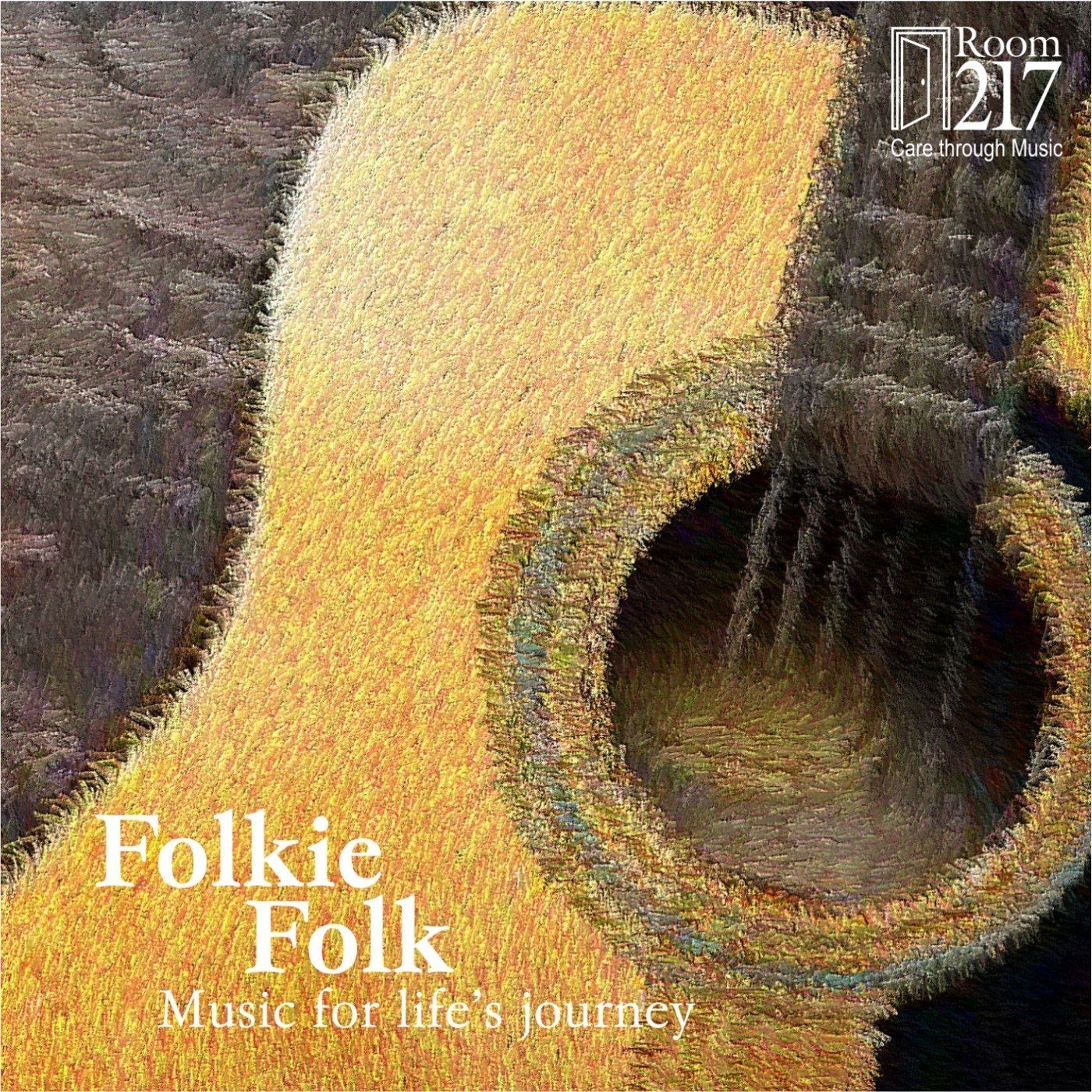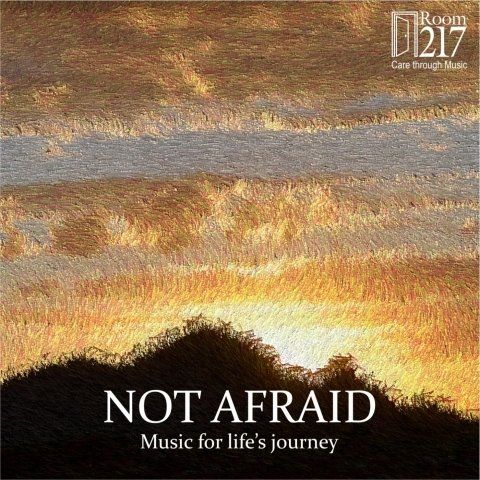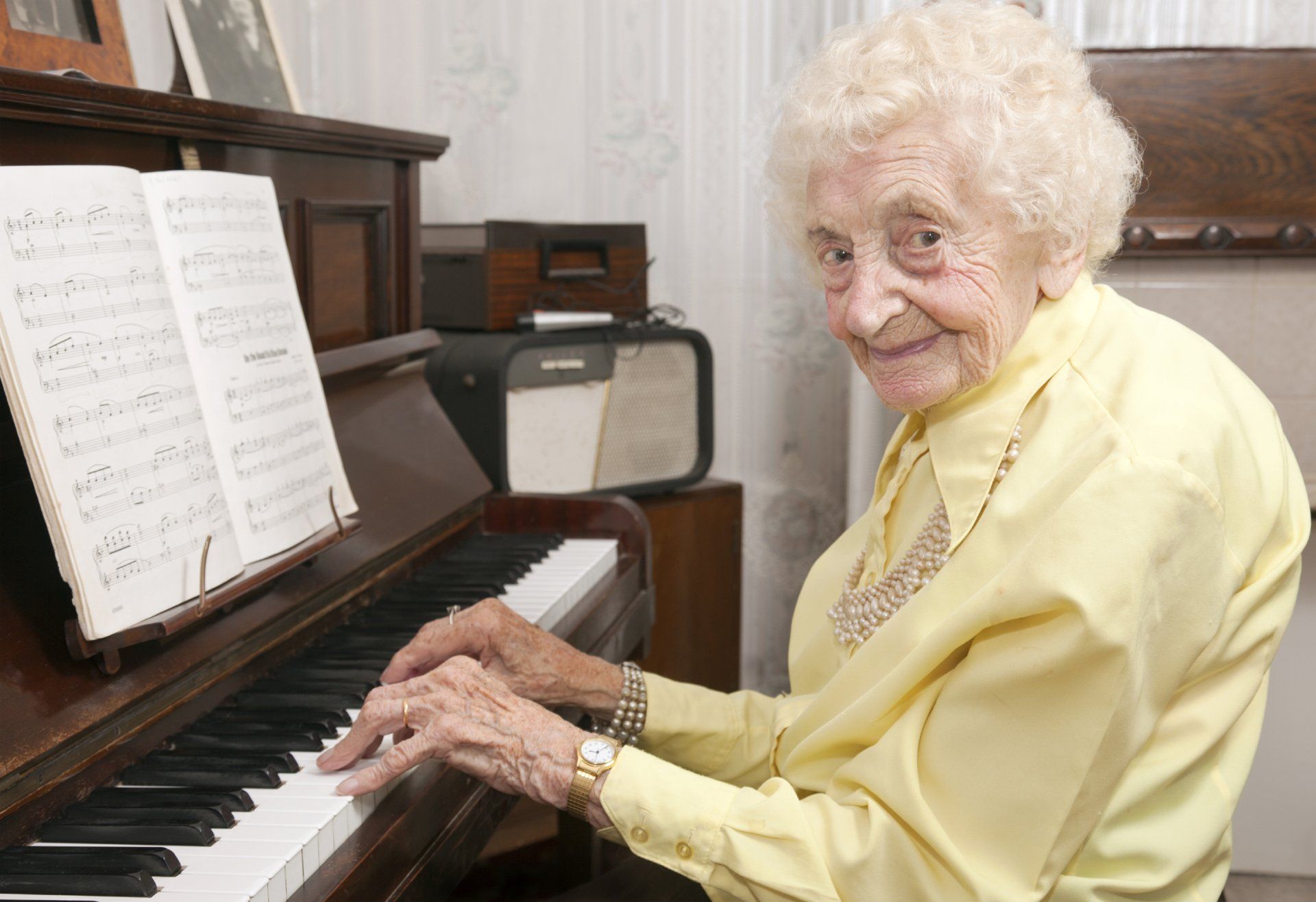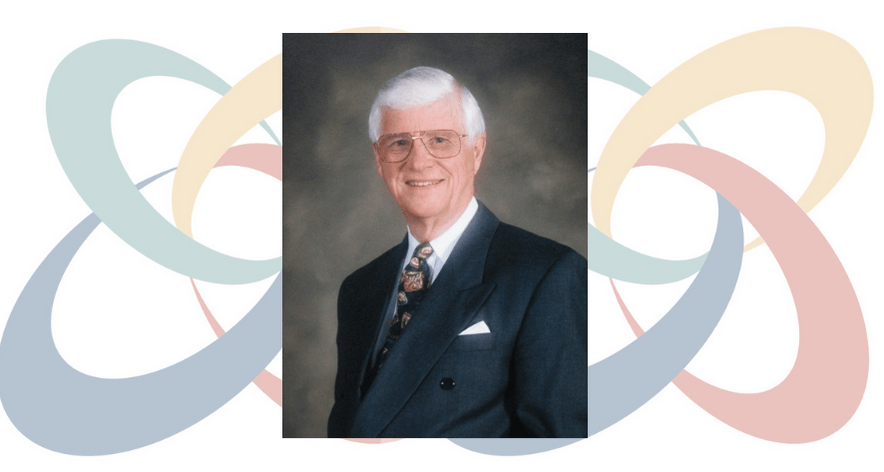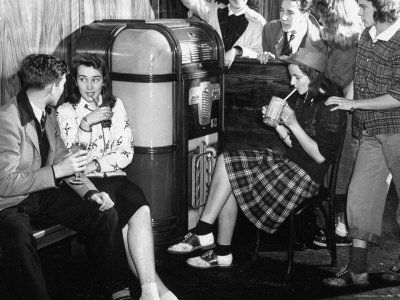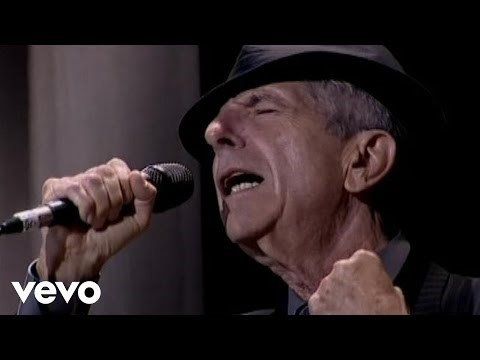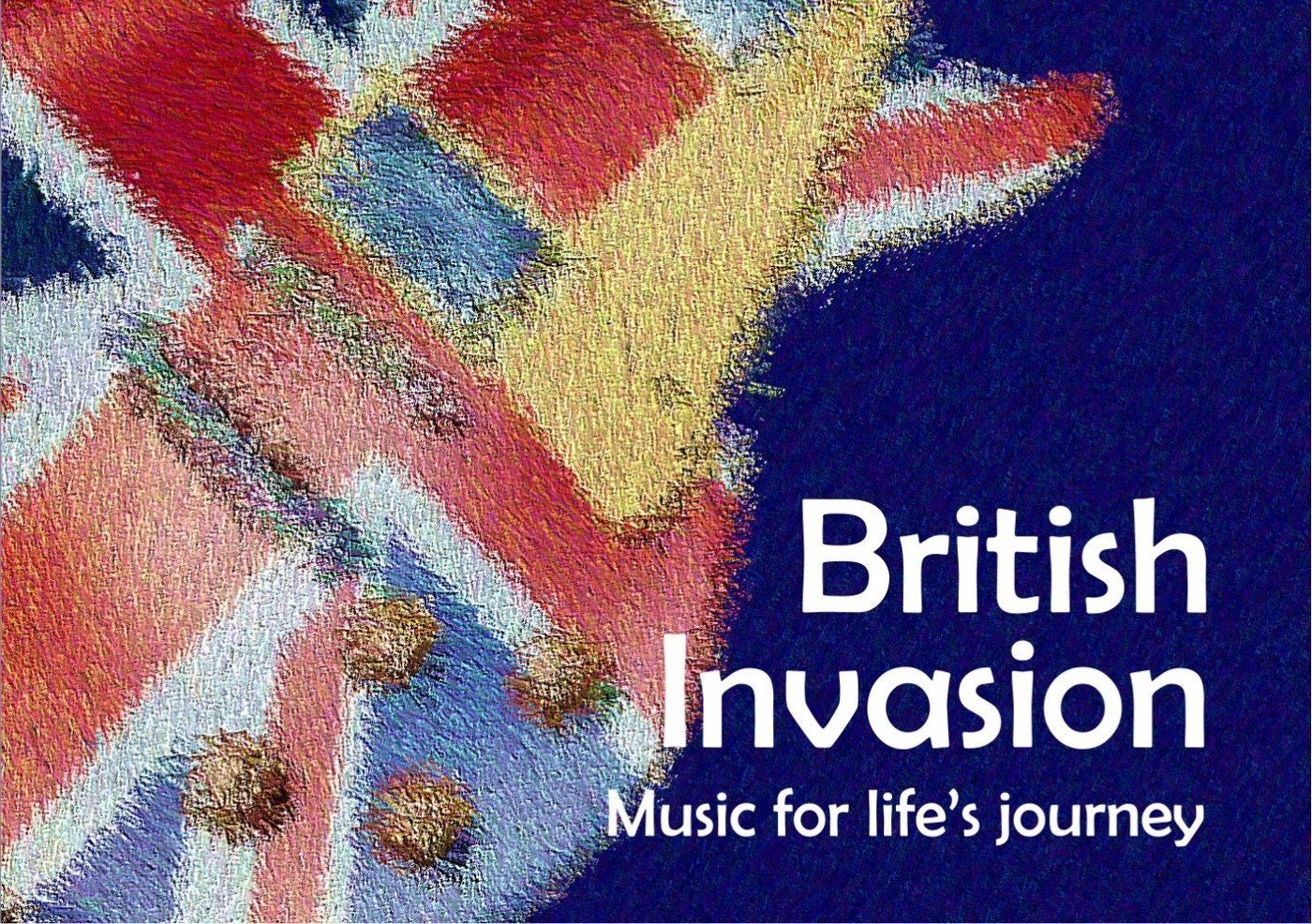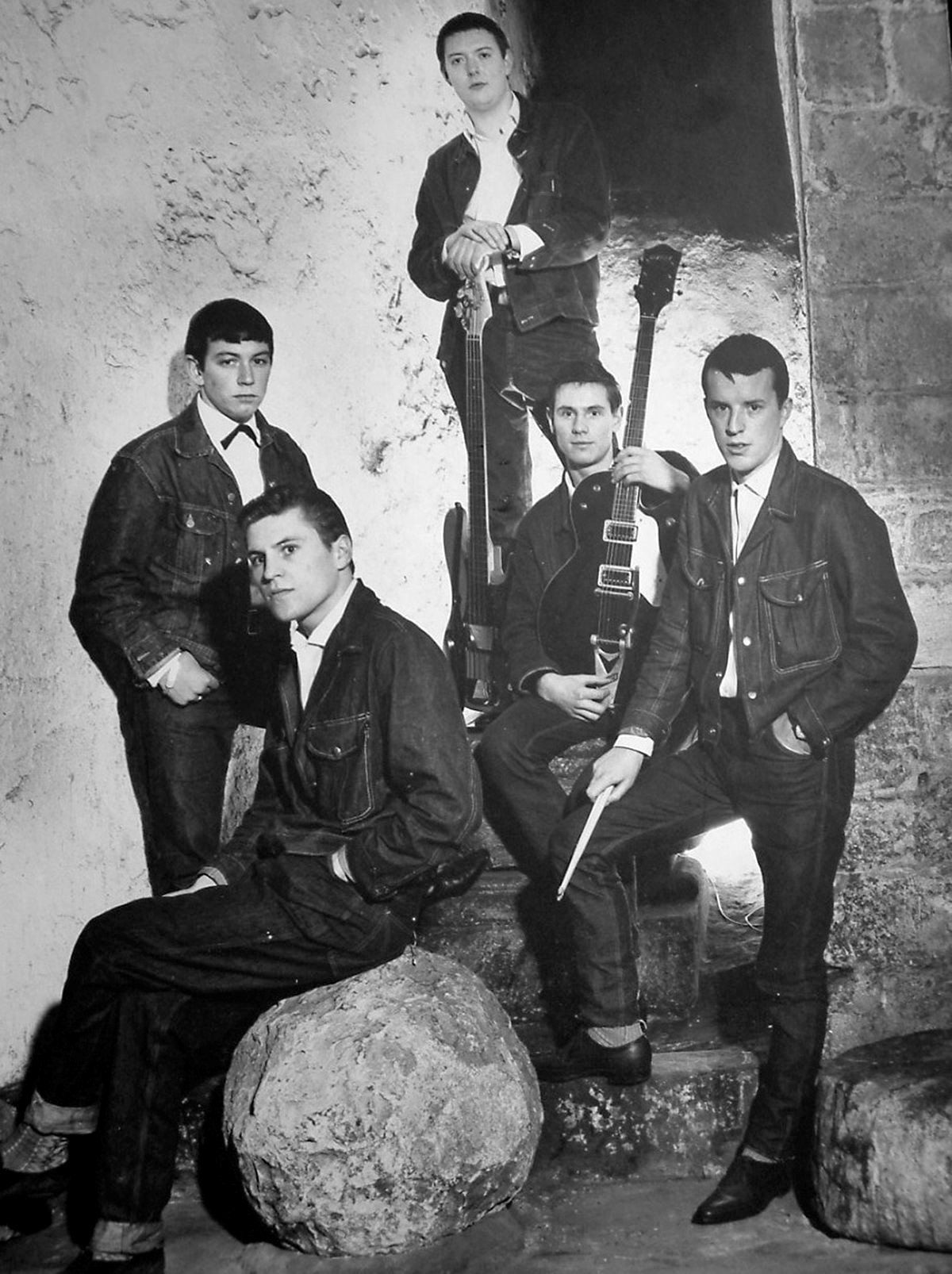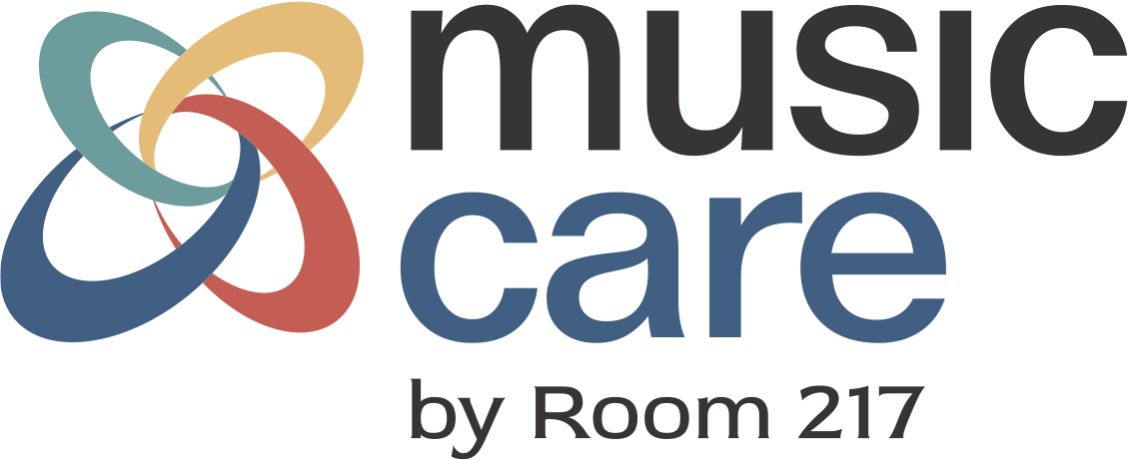Music Listening for Anxiety
Jazz Walia is a third-year undergraduate student in the Bachelor of Health Sciences (BHSc) program at McMaster University. During the 2023 winter academic semester, she participated in the Room 217 Research Practicum course generously funded by FAVDTR and wrote this blog post as part of her coursework.
When I was in my first year of university, just before my first undergraduate assessment, our professor’s only piece of advice was: “Just put on some Mozart 30 minutes before and you’ll be grand.” I initially thought the advice was completely random, but I was convinced it was a hint for a question or even bonus points. Not so shockingly, there were no Mozart questions on the test, but I did end up typing “Mozart” on Spotify 30 minutes before our test and listening to the first classical music playlist I saw.
Two years later, my Spotify and YouTube recommendations are filled with playlists called “Calming Music for 12 Hours” or “Classical Test Music.” Music has always provided me with great comfort; however, it is the soft melodic tones of classical music that have transformed my "pre-test ritual." For me, this type of music has always had a calming effect on me whenever I feel stressed, but especially when it comes to mitigating performance anxiety.
A quick search on the internet will yield you thousands of results of people searching for the same thing—"calming music"—on various streaming services. Millions of people listen to the likes of Mozart, Bach, Chopin, etc., on platforms such as YouTube and Spotify, begging the question: why exactly does it work?
Over the past couple of decades, research into music listening has inspired further exploration into the use of music as an intervention for reducing anxiety. In a recent survey by the Centre for Addiction and Mental Health (CAMH), 25.1% of survey participants expressed feeling moderate to severe anxiety. In addition, 24.0% of Canadians indicated needing some sort of mental health services but were unable to access them, highlighting the need for accessible services and systems. It’s estimated that only 20% of people experiencing anxiety receive formal interventions, illustrating the need for evidence-based resources.
Previous research suggests that music can have a significant effect on endocrine function and autonomic activity, enhancing parasympathetic activities—your body’s "rest and relaxation" state—and reducing respiratory rate and heart rate. In a study by Ubmrello et al., featuring about 960 critically ill patients, 15 to 60 minutes of music therapy were shown to have a significant effect on reducing anxiety and stress. In a recent review of 21 studies conducted by Harney et al., it was discovered that listening to music had an overall large effect on reducing anxiety. This study was the first of its kind and highlights that while we can see a link between music listening and anxiety, more research needs to be done into important aspects such as music selection, length, setting, and dosage when looking into this relationship.
Even if you’re not a fan of the classics, both "fast" and "slow" music have been shown to improve mood. In a study by Darki et al., 98% of fast music listeners and 99% of slow music listeners reported that music helped manage stress. The study also showed that listening to slow music decreased heart rate and both systolic and diastolic blood pressure. Fast music, on the other hand, increases heart rate and both systolic and diastolic blood pressure. Fast music was seen as "uplifting," while slow music was seen as "calming." These feelings of calmness when listening to slow music help showcase why it might be helpful to listen to music in an anxious state. Of course, "slow" music isn’t restricted to just the classics, which arguably can be "fast" at times, but rather music that often features a relaxed pace, a slower tempo, and a simple, repetitive rhythm and melody.
Our relationship with music is extremely subjective and unique to our own experiences. It has been shown that music has profound effects on both our physical and mental health; it can serve as a significant non-pharmacological resource to help mitigate anxiety and stress. The internet—most notably YouTube, Spotify, and Apple Music—is filled with playlists specifically for mood. Music and video streaming websites are a great place to start when selecting music that works for you and exploring different genres and playlists!
Author’s note: Spotify, YouTube, and Apple Music are audio streaming services that can be accessed through the internet or through cellular devices. Creating an account is free and on YouTube, an account is not needed to listen to music.


